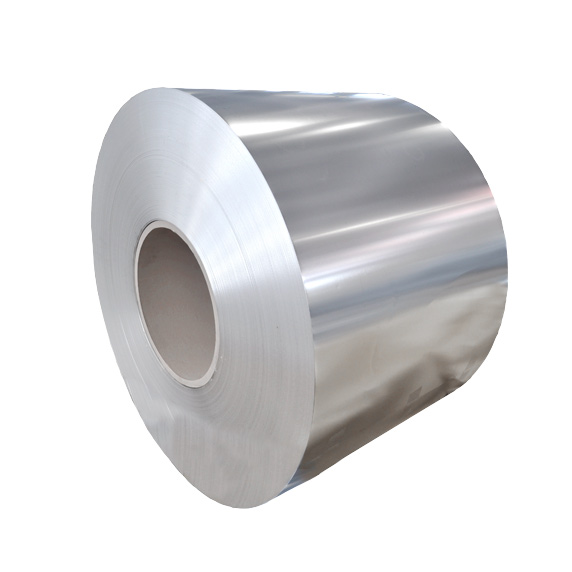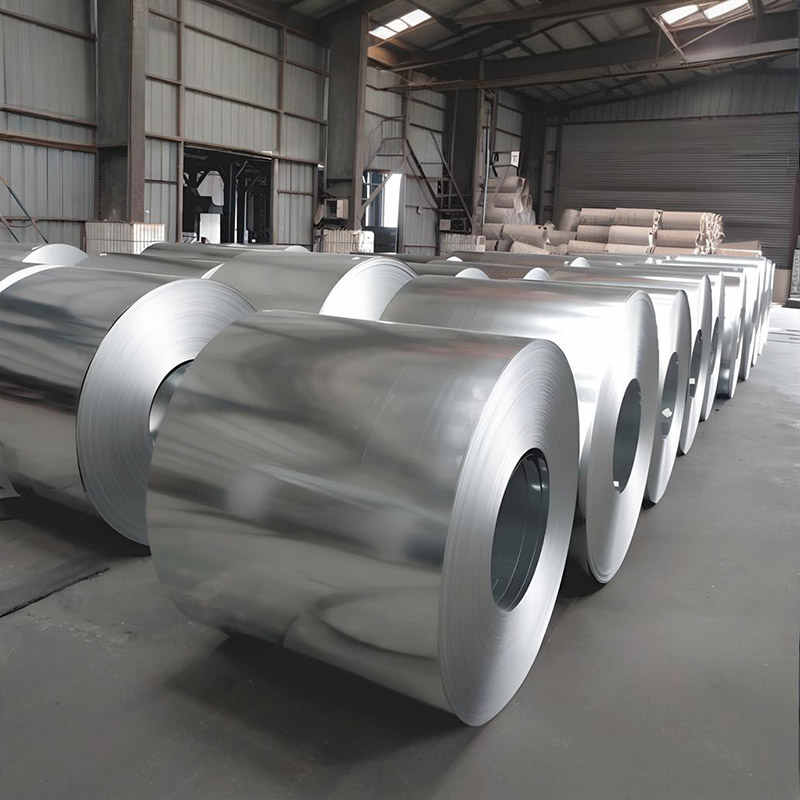In the realm of industrial surface treatment, precision is paramount. But what exactly makes electrolytic timing so crucial for achieving consistent, high-quality results? Electrolytic timing—the controlled duration that materials spend in electrochemical baths—directly influences coating thickness, adhesion, and overall surface quality. Without precise timing, even the most advanced surface treatment processes can yield inconsistent or defective outcomes.
How does electrolytic timing impact surface treatment efficiency? The answer lies in understanding the electrochemical reactions that occur during processes like electroplating, anodizing, and electrodeposition. Each material and coating type requires specific timing parameters to achieve optimal results. Too short, and the coating may be insufficient; too long, and it can lead to brittleness, uneven deposits, or wasted materials and energy.
What challenges do manufacturers face in implementing precise electrolytic timing? Common issues include bath chemistry fluctuations, temperature variations, and electrode degradation over time. These factors can alter reaction rates, making consistent timing difficult to maintain. Additionally, different materials respond uniquely to electrolytic processes, requiring tailored timing approaches for each substrate.
Recent advancements in process monitoring technology have revolutionized electrolytic timing control. Modern systems employ real-time sensors and automated feedback mechanisms that adjust timing parameters dynamically based on actual conditions rather than fixed schedules. This adaptive approach significantly improves consistency while reducing waste.
In our experience implementing these systems across various industrial applications, we’ve observed remarkable improvements in quality metrics. One aerospace client reported a 32% reduction in coating defects after upgrading to an intelligent timing control system. The key was integrating multiple data points—bath conductivity, temperature, and current density—into a cohesive timing algorithm that responded to process conditions in real-time.
Looking ahead, the integration of artificial intelligence with electrolytic timing systems promises even greater precision. Machine learning algorithms can analyze historical process data to predict optimal timing parameters for new materials or coating specifications, further enhancing efficiency and quality in surface treatment operations.
For manufacturers seeking to optimize their surface treatment processes, investing in advanced electrolytic timing control isn’t just about improving quality—it’s about achieving competitive advantage through consistency, efficiency, and reduced waste in an increasingly demanding industrial landscape.



